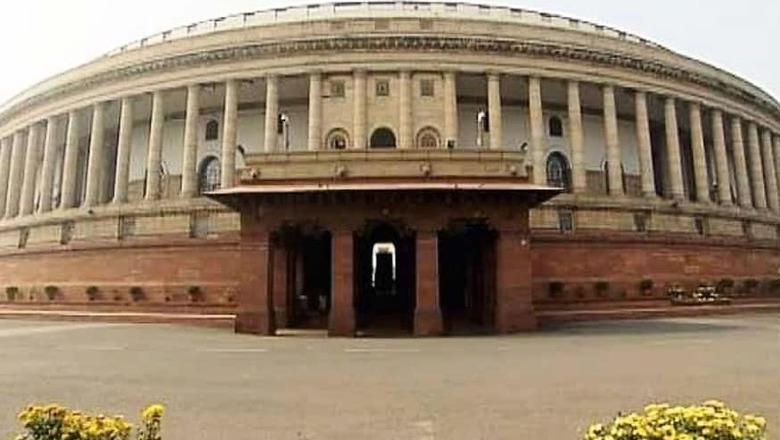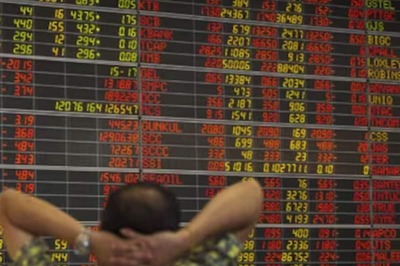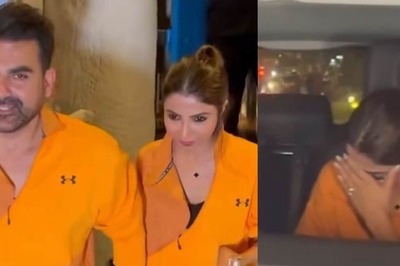
views
The Rajya Sabha or the Upper House of Parliament is modeled after the House of Lords in the United Kingdom. The Rajya Sabha currently has 245 members, including 233 elected members and 12 nominated. As per the constitutional limit, the Upper House strength cannot exceed 250.
Nominated members of the Rajya Sabha are picked by the President of India. These MPs are luminaries from the world of economics, sports, literature, art, social service etc.
The Vice-President is the chairperson of the Rajya Sabha, which is the final stop before a bill is sent for presidential assent.
While Lok Sabha members are elected directly by the voters, Rajya Sabha members are elected indirectly by the people, that is, by the MLAs. How many Rajya Sabha members a state can send depends on its population. Hence, the number of elected seats too changes as states are merged, bifurcated or new ones are created.
Every Rajya Sabha MP has a tenure of six years and elections to one-third seats are held every two years. According to Section 154 of the Representation of the People Act 1951, a member chosen to fill a casual vacancy will serve for the remainder of his predecessor's term of office.
Members of a state's Legislative Assembly vote in the Rajya Sabha elections in what is called proportional representation with the single transferable vote (STV) system. Each MLA’s vote is counted only once.
In this system, MLAs don’t vote for each seat. If that were the case, then only ruling party representatives would make it through. Instead, the MLAs are given a paper with the names of all candidates. They have to give their order of preference for each candidate, marking 1,2,3… against their names. If 10 or more members choose a candidate as their first choice, he/she gets elected.
The political party that has a majority in the state Assembly normally gets to send the maximum number of MPs to the Rajya Sabha. Let’s take a hypothetical example of a state which has three Rajya Sabha vacancies. Let’s say Party A with 100 seats and Party B with 40 seats populate the 140-seat Assembly. Both parties can field three candidates each for the three Rajya Sabha seats.
Now, to make it through, a candidate should get a certain number of votes. In this case, the total number of MLAs (140) is multiplied by 100. This number is divided by the number of vacancies (3) plus 1. That brings us to 3,500. This total number is added to 1. Since each MLA has 100 votes, a candidate would, in this case, need 3,501 votes or the backing of 36 MLAs to win.
The formula simply is [(Number of MLAs X 100) / (Vacancies + 1)] + 1.
Simply put, every candidate in the race requires one-fourth of the total number of votes plus one to get elected. Each voter ranks his preferences and if the candidate who is the first choice has enough votes already or no chance of being elected, the vote is transferred to the second choice and so on.




















Comments
0 comment